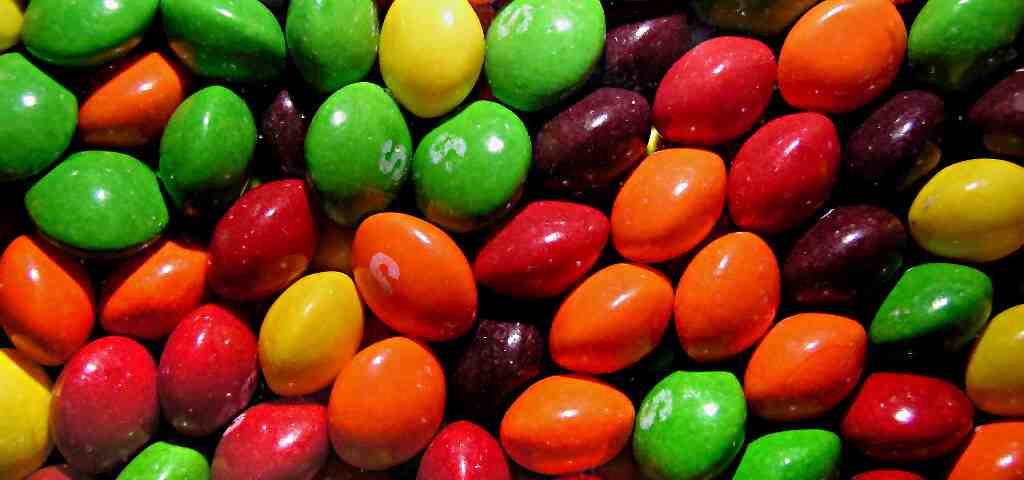The Skittles Ban?

What Happened to My Dreams?
October 27, 2023
Tips on the Ideal Sleeping Temp for a Great Night’s Rest
November 1, 2023The Skittles Ban?
It should come as no surprise that artificial dyes are not good for you. Dr. Aaron Workman, a favorite at one of the highest rated auto injury care programs in Lexington, discusses concerns of artificial dye in our foods. Growing up we gave those colors no thoughts and neither did our parents. There are many things in our diets that are not good for us. You will find a lot of children’s foods have these dyes to make them more attractive and that is why they should be looked at more carefully. Skittles are just one small example of items we ingest that contain this dye. In a groundbreaking move to protect children’s health, California has taken the lead in banning Red Dye #3, which is used in numerous processed foods and beverages. It has raised concerns over the years due to potential health risks, particularly for children.
Red Dyes’ possible risks include links to behavioral problems in children. There are multiple studies that show high levels linked with cancer in animals and hyperactivity in kids. The hope is that California’s unique ban will motivate other states to take similar actions and contribute to a nationwide shift towards safer alternatives in children’s food products. It has been the subject of concern for years, with many advocating for its removal from food products, but it has persisted in various items that children frequently consume.
The deadline for the ban to take effect is not until 2027. At this point, the bill notes the Dye is to be removed from foods and beverages. This deadline will give manufactures time to work their color magic. I do not expect California to get their own specific products so there may be a reworking of formulas across the country. Other countries have already been down this road so the United States is slow to act on this specific dye’s removal. While the FDA still permits its use, concerns about the potential health risks, particularly in children, have prompted California’s legislation to address the issue themselves. The hope is that this move will pave the way for other states to follow suit.
For manufacturers, the switch from this long-used dye to more natural alternatives is going to take some time. Once upon a time, I worked in a lab testing different formulations for final products and one small adjustment is a large adjustment for an overall product. In the end if it looks the same and the taste does not change, then people will never miss it. It will take time for the research and development of plugging in new ingredients, but thankfully other countries have put the effort in before we had to.
What are some items to look out for that will contain this specific dye? All those Halloween candies have a good dose of Red Dye #3. Most of our condiments, cakes, frostings, cereal, gum, fruit cups, all the things our kids love, and even some of the meats may have a dose to make it look more appealing and fresher. Long term it is a step in the right direction, but we have a long way to go. You cannot eliminate everything that is bad for your health but by knowing this information you can make a better educated decision next time your kid wants a red sports drink followed up by a red freeze pop.
— This article is written by Aaron Workman, DC, one of the members of Chambers Medical Group’s team of car accident chiropractors who offer a variety of treatments and therapies ranging from diagnostic testing to various soft tissue therapies for car accidents and injuries in Kentucky.
–
.
–
Have you been in a car accident? If you or somebody you know has been in a car accident, be sure that you seek medical attention from a car accident doctor or car accident chiropractor to treat your injuries. Visit Chambers Medical Group to receive world-class medical treatment for your injuries.
Chambers Medical Group has car accident medical clinics in the following locations:
- Car Accident Medical Clinic in Tampa
- Car Accident Medical Clinic in Plant City
- Car Accident Medical Clinic in Brandon
- Car Accident Medical Clinic in Lakeland
- Car Accident Medical Clinic in Sarasota
- Car Accident Medical Clinic in Louisville
- Car Accident Medical Clinic in Lexington
- Car Accident Medical Clinic in Florence




